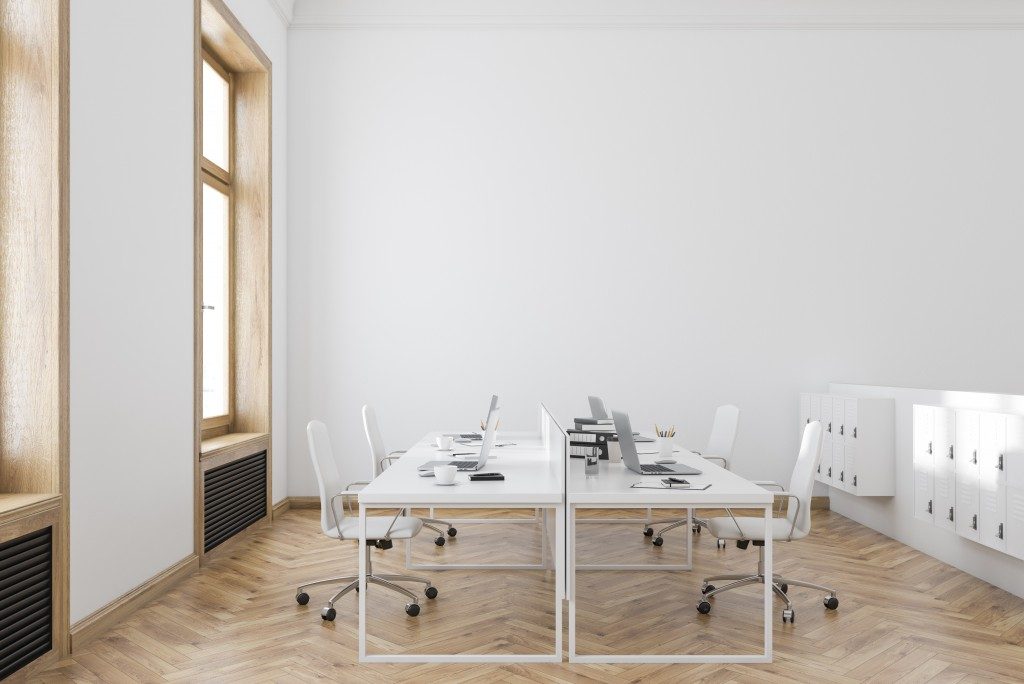 Interior designers and employers previously believed that adopting open floor plans in corporate offices would encourage employees to talk and collaborate more. The theory was that by removing physical barriers like cubicles and walls, employees would see more of each other and increase their interactions.
Interior designers and employers previously believed that adopting open floor plans in corporate offices would encourage employees to talk and collaborate more. The theory was that by removing physical barriers like cubicles and walls, employees would see more of each other and increase their interactions.
A Harvard study revealed, however, that the reality didn’t meet the expectations of organizations that implemented open floor plans. The researchers found that face-to-face interactions actually decreased by 70 percent in two organizations that transitioned to open floor spaces. What’s more, the employees became more prone to using electronic messaging platforms and devices to talk to each other instead of heading over to the other desks, which was the initial expectation.
The researchers deduced that the open spaces triggered people’s instinct to seek privacy. It became second nature to employees to socially withdraw and reach out via instant messaging.
Findings from other studies also reveal that many find open floor plans distracting. Activity and noise from the other side of the room can be visible and audible. Repeated instances could lead to dissatisfaction in the workplace.
The Dilemma
Undoing construction might be too expensive, and even if a company has the funds for the project, it could take weeks to finish. The renovation work could interrupt and reduce productivity — and that’s on top of the construction costs the company would have to shoulder.
Where does this leave companies that eagerly renovated their offices to keep up with the trend?
They could remedy the situation by investing in materials and software that can immediately solve the employees’ concerns on privacy and ease of communication, as well as be of use to the organization in the long run.
Cloud-Based Project Collaboration Software
 Cloud-based programs are not only helpful to organizations with remote team members, but also to corporate offices whose employees are all working on-site.
Cloud-based programs are not only helpful to organizations with remote team members, but also to corporate offices whose employees are all working on-site.
Project management software accessible through the cloud enables members to collaborate in real time without having to leave their desks. It may not seem much, but the flurry of activity when people move from one desk to another, and conversing in small groups, can be disruptive to non-members of their team. A secure and accessible online venue could facilitate the exchange of information more smoothly and harmoniously. Furthermore, each member’s contributions would be documented, allowing superiors to give credit to those who deserve it.
Non-Obstructive Partitions
Office administrations can give employees a semblance of privacy by buying tall-growing indoor plants, storage shelves, and custom divider walls that cost a fraction of a concrete wall. These are very quick to install; there’ll be no need for employees to relocate and spend hours of their workday setting up their workstations.
To encourage interaction, office managers ought to arrange comfortable chairs and couches in groups instead of placing them randomly against vacant walls. It would be clear to all that these are common seating areas where they can relax and take a break. Common courtesy would then dictate that employees should lower their voices and return to work once they step beyond the seating areas.
Non-obstructive partitions preserve the benefits of an open floor plan (e.g., an abundance of natural light, the illusion of a larger space, and an inclusive atmosphere) while guaranteeing employees their personal space.
These measures can save offices time and resources. Instead of spending on the construction of new walls and permanent partitions, they can spend less and gain more with efficient, cloud-based project management software and clever additions to their workspace.

